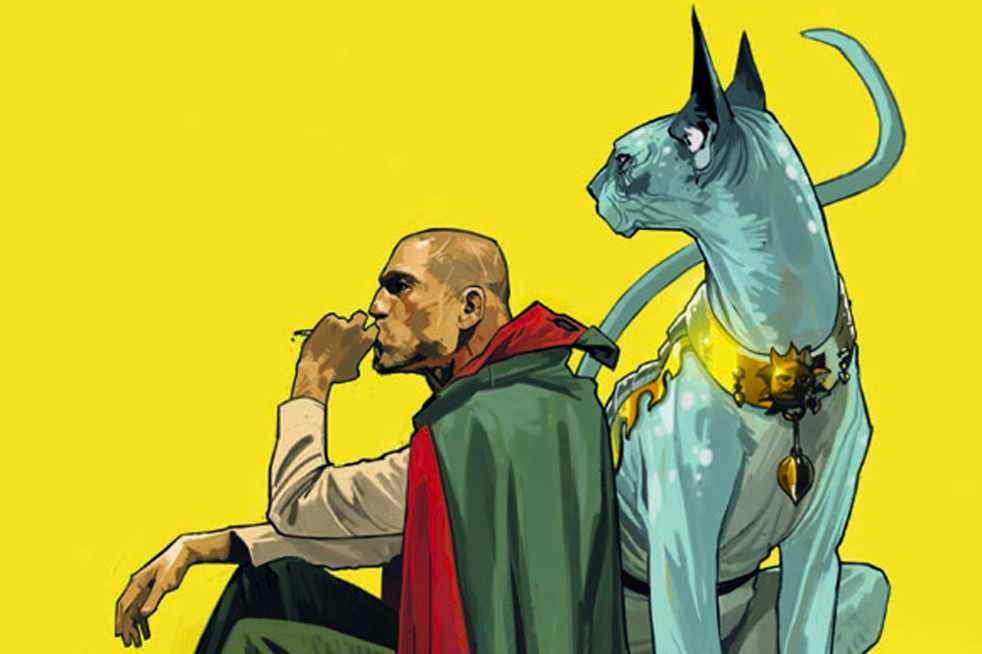I stand between the crossing point between different cultural influences. Sometimes it could get extremely puzzling as I’m not sure which culture I’m writing for or representing. Although, that is also an advantage that comes with risk taking. It freed me to learn from any materials without establishing the end result. Scott McCloud books are some of the resources I chose as a study material in order to advance that process of learning.
It’s difficult to separate my oriental-ness with international-ness so I always have to decide each aspects of my mentality separately and from moment to moment. There are, however, several mindset that is more established than others and an Experience reading Understanding Comic enhance my intuition for the personal approaches. From an experience reading certain eastern philosophies and what McCloud mentioned in the book, it triggered my awareness that the way I view life is very important to how I create art and tell stories. I’m naturally quite journey centric person and always fond of observing little details to details, step to step in life. This aspect influence my storytelling style and my taste strongly and I wish to remain true to it. My challenge would be looking for the way to present it appealingly to worldwide audience.
McCloud also incredibly intuitive about the growing process of artist. I completely agree with him that the maturity of artists and what they create can’t really be separate. McCloud mentioned that after artists learned their crafts they tend to return to the original motif and that simply reflects where I am now.










